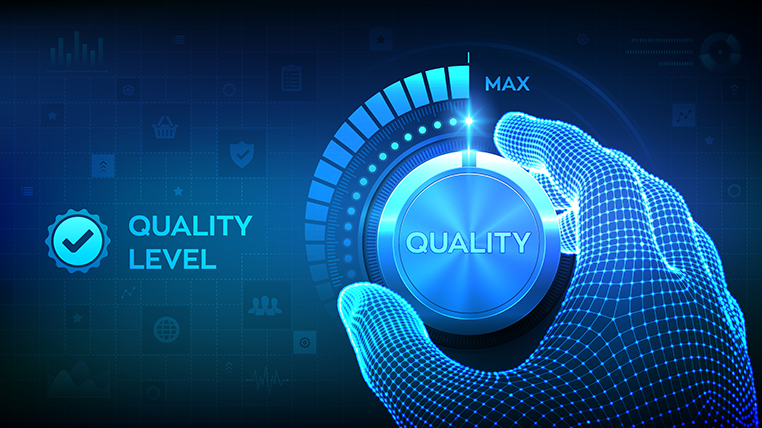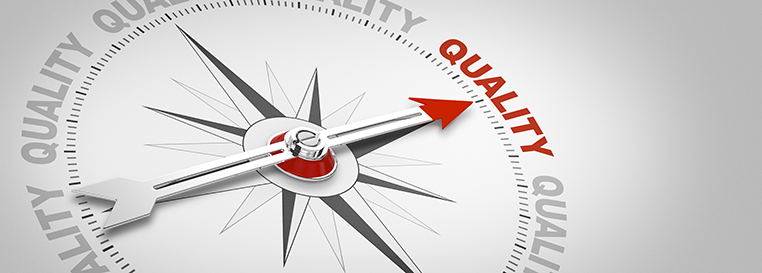What is Quality in OEE?

Quality is the final factor of OEE calculation and takes into account Quality Loss; when produced units or output do not meet the standards in the first check. It also includes reject (waste or scrap) and output that require rework.
Quality in OEE refers to the percentage of good-quality products produced in relation to the total number of products produced. It takes into account any defects, rework, or scrap that occurred during the manufacturing process.
To calculate the Quality factor in OEE, you need to divide the number of good-quality products produced by the total number of products produced and then multiply the result by 100. For example, if a production line produced 1,000 units, but 50 of them were scrapped due to defects, the Quality factor would be 95% ((1,000-50)/1,000 x 100).
By measuring Quality as part of OEE, manufacturers can identify areas where they need to improve their processes to reduce defects and scrap, which can ultimately lead to higher productivity and profitability.
A 100% Quality in OEE refers to only good parts being produced.
Quality = 100 X (Good Count / Total Count)
